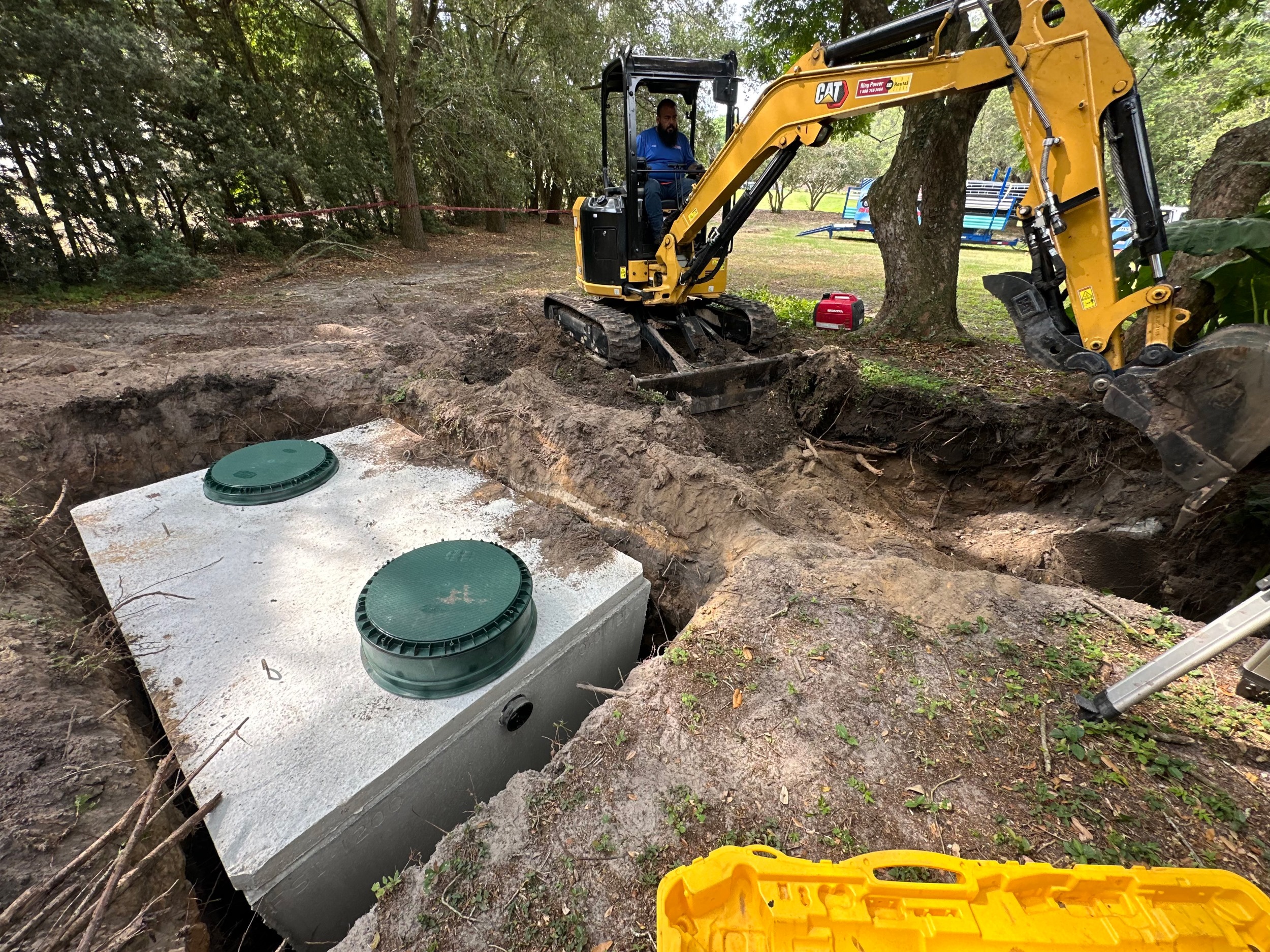Nothing ruins your day faster than a septic system backup. Toilets won’t flush, drains are slow or gurgling, and worst of all you may even spot sewage surfacing in your yard or home. If this happens, don’t panic — but don’t wait, either.
At Quality Septic, Inc., we’ve responded to thousands of septic emergencies across Plant City and Central Florida, and we know how stressful they can be. The good news? Quick action can minimize damage and help your system recover faster.
Here’s what to do step-by-step if your septic system is backing up:
Step 1: Stop Using Water Immediately
This is the most important step. The more water you send down your drains, the more pressure you will be putting on an already overloaded system.
That means:
- No flushing toilets
- No running sinks or showers
- No laundry or dishwashing
Even a small amount of added water can worsen the backup or lead to flooding inside your home.
Step 2: Call a Professional Septic Company Right Away
This isn’t a DIY situation. You need a licensed professional to inspect, diagnose, and address the problem, and fast.
At Quality Septic, Inc., we offer 24/7 emergency response for septic system issues throughout Plant City, Brandon, Lakeland, and the Tampa Bay area.
When you call, we’ll:
- Quickly assess your situation
- Dispatch a technician to your location
- Pump out your tank if needed
- Inspect for drain field saturation, clogs, or mechanical failures
- Recommend the next steps to restore your system
Step 3: Decipher What Might Be Causing the Backup
While a full inspection is needed to confirm the issue, here are a few common causes of septic backups in Florida:
- Full tank – you are overdue for a pump-out
- Clogged inlet or outlet pipe – this restricts the flow of water
- Drain field failure or saturation especially after heavy rains
- Flushing non-biodegradables – wipes, feminine products, grease, etc.
- Tree root intrusion – breaking or blocking pipes underground
Understanding the cause helps prevent it from happening again.
Step 4: Take Safety Precautions
If wastewater has entered your home:
- Keep kids and pets away from affected areas
- Avoid contact with standing water — it may contain harmful bacteria
- Ventilate the space if possible
- Don’t use bleach or chemical drain openers — they can damage the system further
Wait for professional help to arrive — they’ll guide you through safe cleanup or remediation.
Step 5: Schedule a Follow-Up Inspection
After the emergency is under control, a full inspection is key to prevent future problems.
We recommend checking:
- Septic tank levels
- Filter and baffle conditions
- Drain field health and saturation
- Signs of root intrusion or pipe damage
We’ll help you create a custom maintenance plan based on your household size, water use, and system design.
Prevention Is the Best Cure
Once things are back to normal, consider taking a few proactive steps:
- Pump your septic tank every 3–5 years (or more often for larger households)
- Be mindful of what goes down your drains
- Redirect rainwater away from your drain field
- Schedule annual inspections to catch early warning signs
We’ve been helping Florida homeowners for over 30 years when it comes to septic systems, and we take pride in being the first call our community makes when trouble hits. Don’t panic the next time you need help with your septic system – call Quality Septic Inc. today at (813) 945-7552 to schedule septic service or maintenance.

